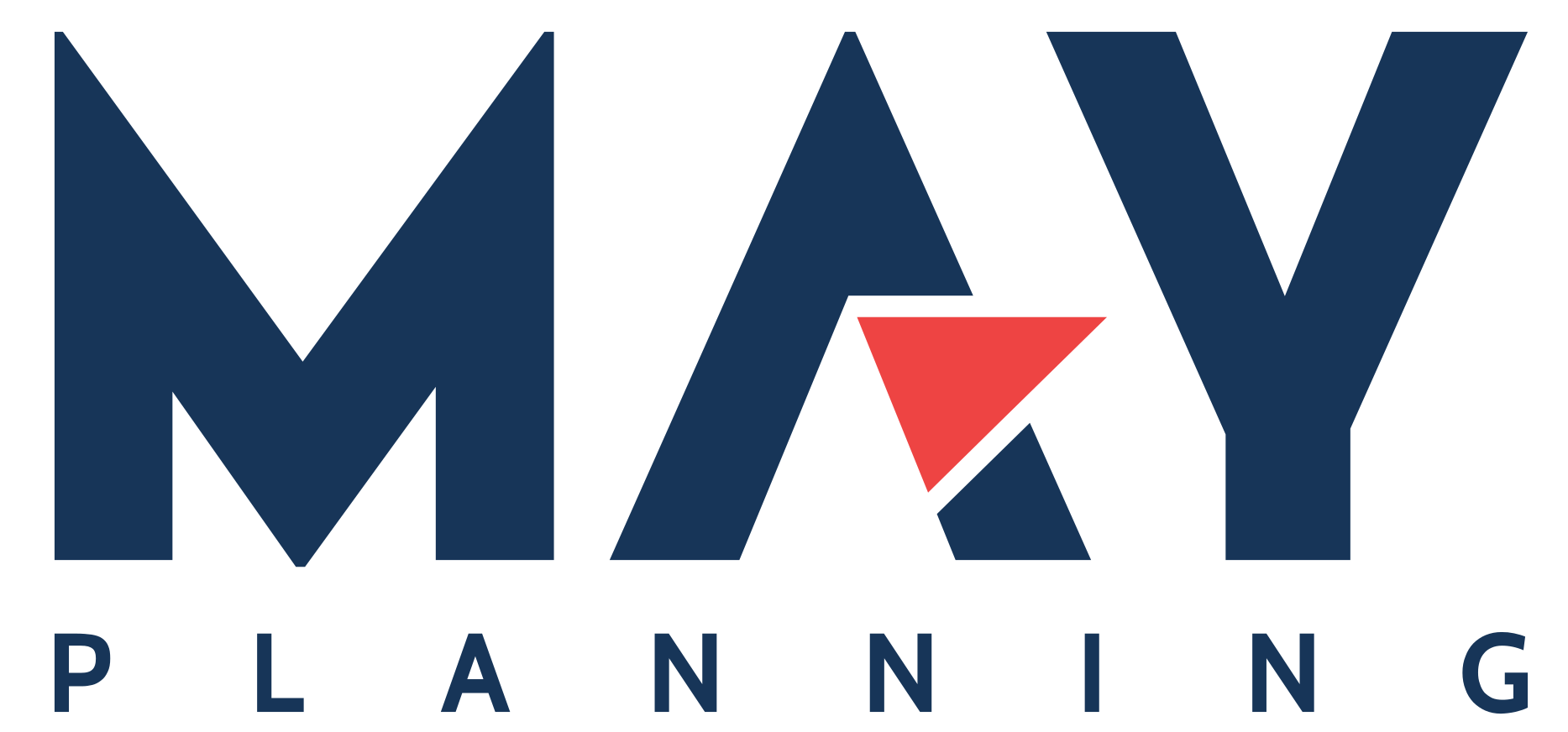4 recruiting trends to watch in 2018
2. Diversity hiring
Discrimination in the workplace is neither new nor rare. Last year saw an inordinate number of sex discrimination and harassment allegations go public and end up in litigation. Now more than ever, diversity hiring needs to be a priority. Miriam Dushane, managing director at Linium Recruiting, a recruiting firm based in Albany, New York, agrees. She said the need to encourage and incorporate diversity in recruiting will become increasingly important in 2018. “The savviest recruiters will understand that this effort is about more than following guidelines and ensuring compliance with regulations,” says Dushane. “True diversity is about embracing the concept of being inclusive, and of recognizing the value that a diverse workforce brings to enrich a company’s workplace, enhance productivity and grow its bottom line.” It’s a concept that employers, especially those in the tech industry, have been slow to embrace. The authors of a new report from Ascend Leadership concluded that race is an even greater problem for tech firms than gender, with Asian, Hispanic and African-American women, respectively, being denied opportunities for advancement. In fact, black women have the least chance of even getting hired by those firms. Dushane told HR Dive that recruiters must understand that diversity can refer to candidates of different genders, races, ages, religions, lifestyles and physical or emotional capabilities. So how do recruiters successfully achieve diversity? Dushane says the process starts with:
- getting to know the various groups in society and, specifically, in your own community;
- doing outreach to learn about the issues that are important to them; and
- following up with candidates about how your organization and its culture are addressing their values.
3. Rethinking job postings
Federal agencies are on the lookout for job ads with discriminatory language, and state and local governments are increasingly limiting factors that employers may use to screen candidates. To help employers remain compliant — and improve their diversity efforts — vendors have been turning to new tech. SAP, for example, recently introduced software that flags words in job postings that could be interpreted as biased and replaces it with neutral words. The software also aims to eliminate bias in performance reviews and payroll. Glassdoor also took a stand this year against criminal history discrimination. It announced that it will reject job postings that discriminate against applicants with criminal records.
4. Gig economy
With a growing gig economy, recruiters might find themselves hiring independent contractors, freelancers and consultants with as much effort — or confusion — as hiring full- and part-time employees. MBO Partners predicts that 60% of the U.S. workforce will be part of the gig economy by 2027. A ManpowerGroup survey found that a whopping 94% of respondents are open to the idea of working independently. These findings and employers’ expressed need for on-demand hiring (which allows them to adjust staffing levels with minimal expense) will likely pressure recruiters to scout for talented gig workers. And as businesses shift their view of the workforce to include on-demand talent, technology is working to keep up. In July, Anil Dharni, CEO of Sense, a staffing platform, told HR Dive that initiatives are just beginning to target gig workers for improved methods of communication, for example. He said although gig workers expand in number each year, they had not been the focus of HR technologies. He said he expects that to change as the contingent workforce continues to grow. (Source: HR Drive)]]>


